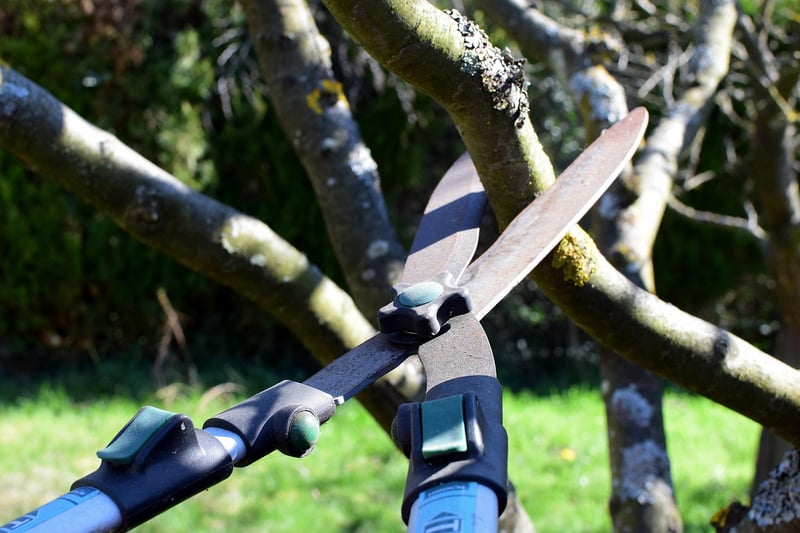Pruning techniques
Keeping Your Plants Healthy: Essential Pruning Techniques
Plants are a beautiful addition to any indoor or outdoor space, but to keep them thriving, proper care is essential. One crucial aspect of plant maintenance is pruning. Pruning not only helps in maintaining the shape and size of the plant but also promotes healthy growth and flowering. Here are some essential pruning techniques to ensure your plants stay vibrant and lush:
1. Tools Needed for Pruning:
Before you start pruning your plants, make sure you have the right tools handy. These may include pruning shears, loppers for thicker branches, and a pruning saw for larger limbs. Ensure your tools are sharp and clean to make precise cuts and prevent the spread of diseases.
2. Know When to Prune:
Understanding the specific growth habits of your plants is crucial for determining the best time to prune. In general, pruning during the dormant season (late winter or early spring) is ideal for most plants since they are not actively growing. However, some flowering shrubs may require pruning immediately after flowering to encourage new growth.
3. Techniques for Pruning:
- Pinching: Ideal for herbs and houseplants, pinching involves using your fingers to remove the tips of new growth. This helps promote bushier growth.
- Thinning: Thinning is the removal of entire branches or stems at their point of origin. This technique allows for better air circulation and light penetration within the plant.
- Heading Back: Heading back involves cutting back a portion of a stem to encourage new growth. It is useful for shaping hedges and promoting denser growth.
- Deadheading: Removing spent flowers not only enhances the plant's appearance but also redirects energy towards new growth and flowering.
4. Pruning Tips:
- Always sterilize your pruning tools before and after use to prevent the spread of diseases.
- Make clean cuts at a slight angle just above a bud to promote healthy healing.
- Remove any dead, damaged, or diseased branches to prevent the spread of pests and diseases.
- Regularly inspect your plants for any signs of overgrowth or damage that may require pruning.
By incorporating these essential pruning techniques into your plant care routine, you can ensure that your plants not only look their best but also thrive in a healthy environment. Remember, pruning is an art that requires practice, so don't be afraid to experiment and learn what works best for your plants!
For more tips on plant care and pruning techniques, check out our gardening resources section.


